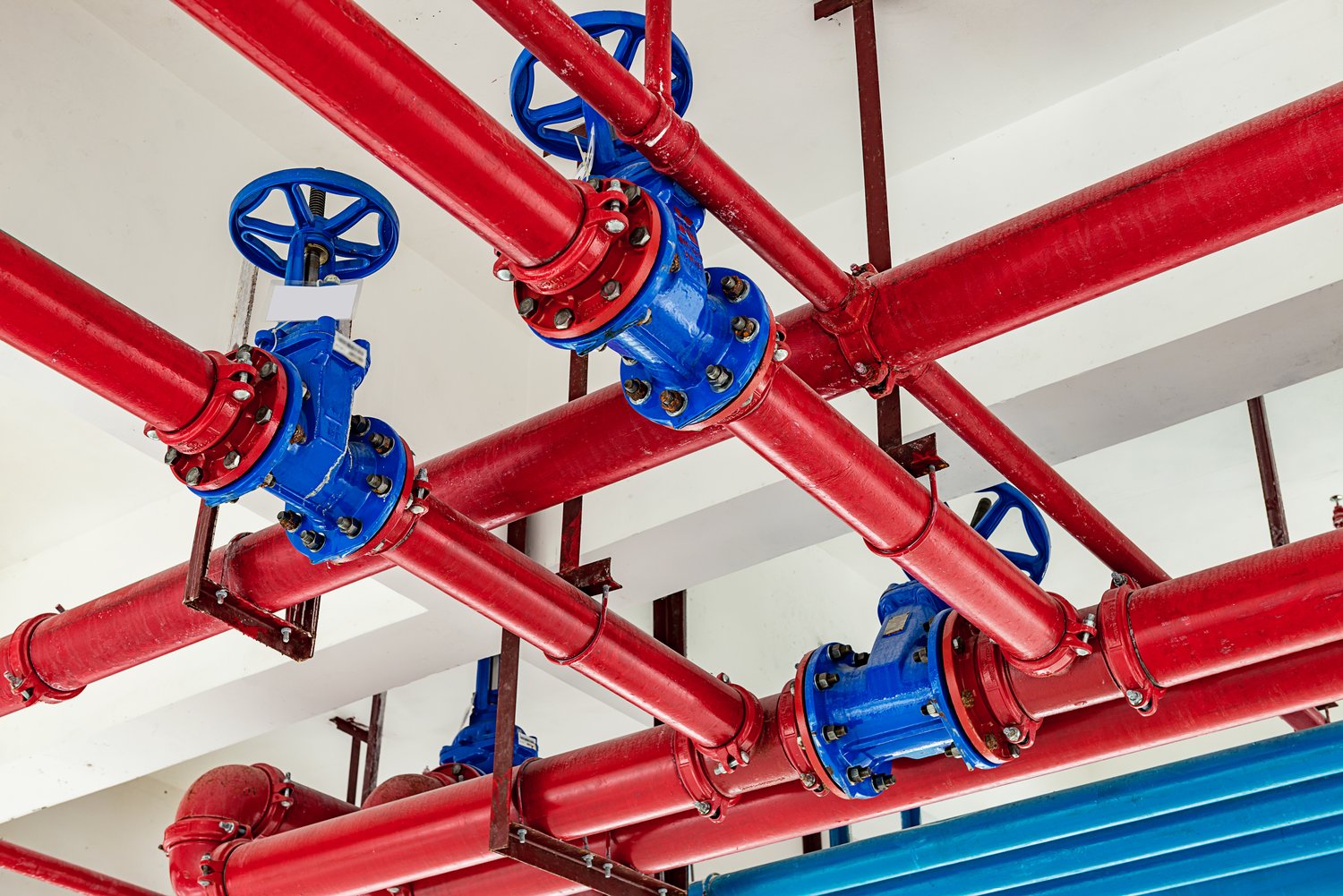Efficient water distribution is not just about convenience – it’s a critical factor in the operational success of residential and commercial buildings. Imagine a system where water flows seamlessly to every corner, optimizing both resources and energy. This guide to branch line balancing reveals how mastering this concept can lead to remarkable improvements in water distribution for your home or business.
- Understanding Branch Line Balancing: Gain insight into how effectively balanced water systems boost supply efficiency.
- Key Components: Explore the essential elements like pipes, valves, and pumps that play pivotal roles in maintaining water line balance.
- Balancing Techniques: Discover proven methods such as valve adjustment and pressure monitoring to achieve even water distribution.
Through branch line balancing, you can achieve consistent water flow, enhance system efficiency, and ultimately, enjoy cost savings. Dive deeper to uncover practical techniques and make informed decisions to transform your water distribution system.
Understanding Branch Line Balancing: Even Water Distribution Guide
Branch line balancing is a crucial practice in water distribution systems, ensuring that water is delivered evenly across residential and commercial settings. This technique focuses on adjusting the distribution network to optimize water supply efficiency, preventing issues such as unequal pressure, inadequate flow, or fluctuating temperatures.
In residential buildings, poor water distribution can lead to discomfort and inefficiency, as some areas may receive more water than needed while others experience shortages. Similarly, in commercial environments, such as restaurants and hotels, ensuring even water distribution is vital to maintain operational standards and customer satisfaction.
By understanding the basics of branch line balancing, you are taking a proactive step toward enhancing your water supply system’s performance. Proper balancing contributes to prolonged equipment life, consistent service quality, and reduced utility costs. Implementing these practices ultimately supports sustainability and operational efficiency.
Key Components of Water Distribution Systems
To achieve effective branch line balancing, it is crucial to understand the key components that make up a water distribution system. These components include pipes, valves, and pumps. Each element plays a specific role in maintaining balance and ensuring even water distribution throughout the network.
Pipes serve as the primary conduits for water flow. Selecting the right size and material of pipes is essential for minimizing pressure losses and ensuring smooth operation.
Valves are critical for controlling water flow and pressure within the system. Properly adjusted valves help in achieving the desired water distribution balance by directing water where it is needed and preventing excessive flow to any single branch.
Pumps enhance water pressure and facilitate movement throughout the system. Selecting energy-efficient pumps contributes to overall system efficiency, as they ensure adequate water pressure is maintained across all branches.
Understanding these components’ roles is vital for anyone looking to optimize their water distribution system, ensuring that water is delivered efficiently and evenly to all designated areas.
Techniques for Branch Line Balancing: Even Water Distribution Guide
Ensuring balanced water distribution in both commercial and residential water systems is critical for achieving optimal efficiency. Several techniques can be employed to maintain even water flow across all branches in a system.
Valve Adjustment is one of the primary methods for maintaining balance. By incrementally opening or closing valves, you can control the flow of water through the various branches. This process involves adjusting balancing valves to fine-tune the system, ensuring that each line receives an appropriate amount of water, which is key to preventing overuse or underperformance in specific zones.
Pressure Monitoring is another crucial technique. By installing pressure gauges at various points along the distribution lines, you can keep an eye on the system’s flow dynamics. Regular monitoring allows for quick identification of imbalances, helping you to make the necessary adjustments to maintain uniform pressure throughout the network.
Additional techniques include optimizing pipe sizing and ensuring correct slope and installation practices. Properly sized pipes can significantly reduce resistance and boost efficiency, helping you achieve a balanced system. Regular system checks and preventive maintenance further ensure that your water distribution remains consistent and efficient.
By adopting these branch line balancing techniques, you can enhance the overall performance of your water distribution system, effectively reducing energy costs and improving water consumption efficiency. Implementing these strategies will lead to a long-term, cost-effective solution for water management.
Branch Line Balancing: Even Water Distribution – FAQs
What is branch line balancing in water distribution?
Branch line balancing ensures even water flow through all pipes, reducing pressure differences in the system.
Why is branch line balancing important?
Proper balancing prevents uneven water pressure and optimizes system efficiency.
How does branch line balancing improve efficiency?
It reduces energy costs by maintaining even pressure distribution and minimizing wasted water flow.
What are common techniques for balancing?
- Valve adjustment
- Pressure monitoring
- Flow rate measurement
Can I balance the water distribution system myself?
Yes, but professional help is recommended for optimal results.





